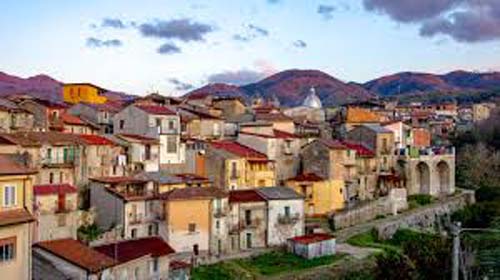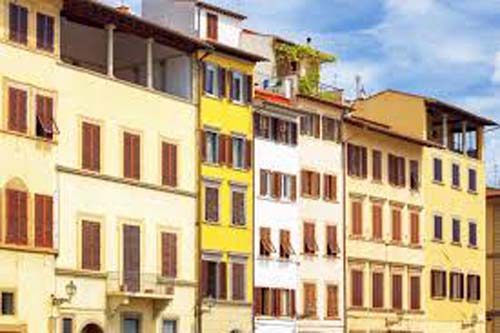
Italy: Property in south now in demand
Newswire
Rome: A sharp rise in demand for homes in southern Italy has upended previous property market trends, the latest statistics show.
Italy’s domestic property market has long had two major splits – city and country, and north and south.

Unsurprisingly, prices in and around northern cities such as Milan tend to be among the highest in the country, while homes in the south are usually more affordable (though not always). The rural property market, meanwhile, has in fact been in slow decline for years.
But now with the rise of remote working, many people can now consider moving to a more spacious property in a cheaper area. Others are looking at returning to southern hometowns after previously moving north to find work.
While Italian estate agents reported a rise in demand for rural properties during lockdown, with people hoping to escape the city due to the pandemic, a new study by property search portal Idealista now shows that demand for property in the south is now booming.
The Barletta-Andria-Trani area in Puglia saw the sharpest rise in demand, with 60 percent more searches for property in this area than at the beginning of the year, Idealista found.
It was followed by Rieti with 56% and Agrigento at 55%. “This is a very definite reversed trend,” said Francesco De Bellis, an independent estate agent based in the city of Bari, Puglia – which saw a 20 percent increase in demand according to Idealista.
“In the past months we have had more enquiries from people wanting to move to this area,” he told The Local. “Most are originally from here and became tired of living in a northern city. They miss the sea, the food, the family. This is their chance.”
“We have also had more enquiries from people from other parts of Italy and Europe who want to move here for various reasons,” he said.
“There is the perception that property is much cheaper in the south,” he says, “you must also consider the different types of housing stock, the condition of properties.”
Meanwhile, demand for property has dropped by ten percent in Milan, where prices have traditionally been among the country’s highest.
In most other cities however, demand quickly resumed after lockdown. Verona saw the biggest increase in demand at 59%, Genoa 32% and Rome 25%.
The question prospective buyers and sellers have been asking throughout the pandemic is whether house prices will fall.
So far, property experts have said repeatedly that it is too early to see a marked change in prices in most areas.
De Bellis says that he has seen a slowdown “for sales of some types of property”.
“People will always need to move house,” he says. “But what I see more than prices falling is that some properties are just not coming on the market.” “Because of uncertainty, people are waiting to sell if they can.” And will the new rise in demand for property in the south mean prices rise, too?
Due to the slow-moving nature of Italy’s property market, he says, “we just can’t know yet” if the increase in demand could have an effect on property prices in the south.
“That really would be a change,” De Bellis says. “However, we’re talking here about enquiries, not offers, not sales. Of course, many people who search online are just dreaming. They can’t always afford those properties.”
While the reported fluctuations apply to the domestic market, demand on the international market – which focuses on holiday and retirement homes and luxury properties
